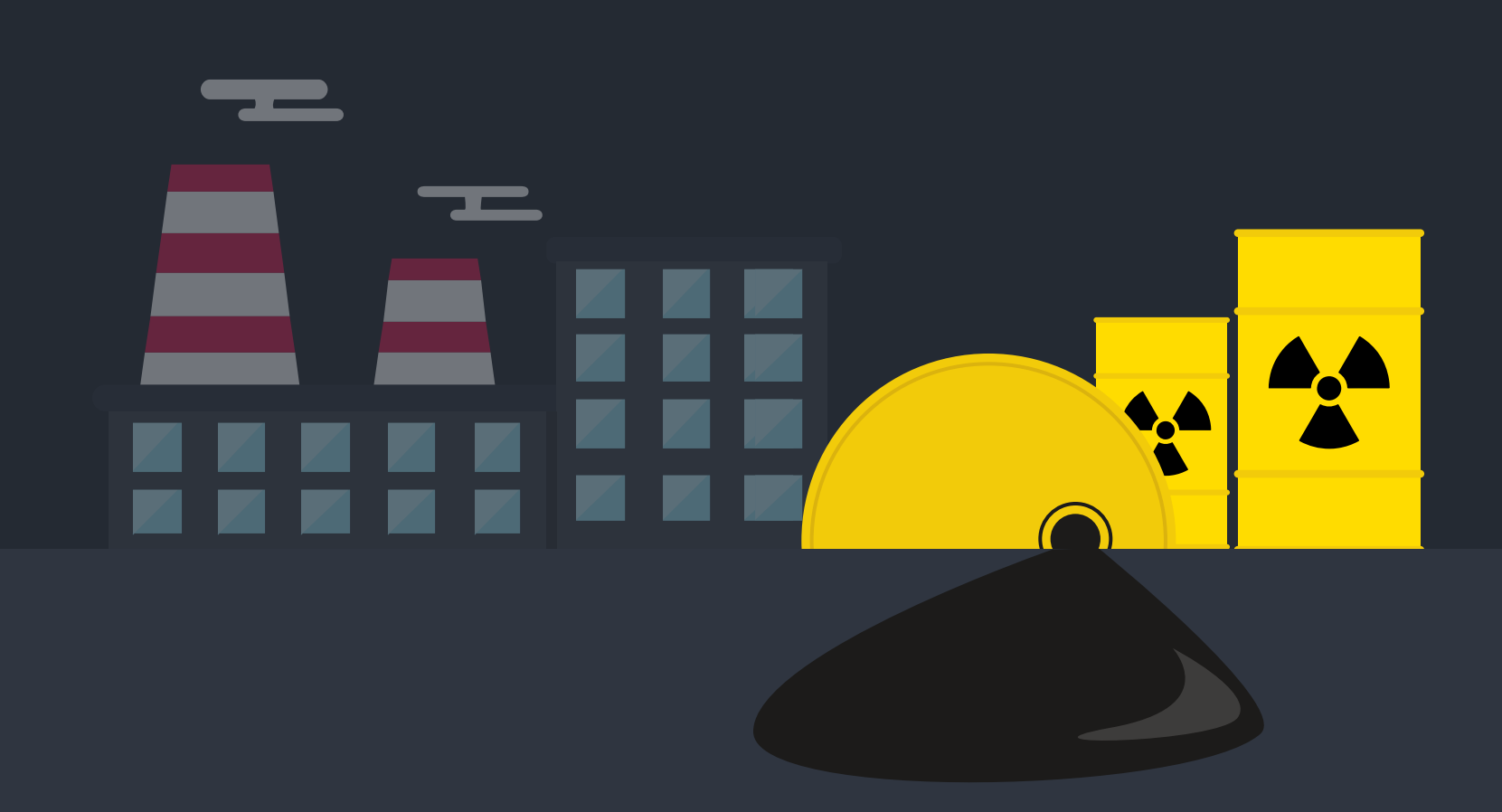
Whether you manage a nuclear power plant, or an office, your employees should be made aware of the hazardous chemicals they could be exposed to. Here are 5 steps to ensure chemical safety in your workplace.
Chemicals are part of modern life. The use of chemicals has increased dramatically due to the economic development in various sectors including industry, agriculture and transport. Thus, employees are likely to encounter them everyday, from the chemicals used at work to the products used in their homes. According to the World Health Organisation, approximately 47,000 persons die each year due to chemical poisoning—many of which are accidental or “unintentional”. Therefore, safely managing the chemicals in the workplace will not only improve employees’ safety and health but will also potentially introduce cost savings, through more effective work practices such as correct storage, handling, use and disposal procedures. Furthermore, potential harm to the environment will also be reduced.

What are the hazards associated with hazardous chemicals?
There are two broad types of hazards associated with hazardous chemicals, which may present an immediate or long-term injury or illness to people. These are health hazards and physiochemical hazards. Many chemicals have both health and physicochemical hazards.
1. Health hazards – These are properties of a chemical that have the potential to cause adverse health effects. Exposure usually occurs through inhalation, skin contact or ingestion. Adverse health effects can be acute (short-term) or chronic (long-term). Typical acute health effects include headaches, nausea or vomiting and skin corrosion, while chronic health effects include asthma, dermatitis, nerve damage or cancer.
2. Physicochemical hazards – These are physical or chemical properties of the substance, mixture or article that pose risks to workers other than health risks, as they do not occur as a consequence of the biological interaction of the chemical with people. They arise through inappropriate handling or use and can often result in injury to people and/or damage to property as a result of the intrinsic physical hazard. Examples of physicochemical hazards include flammable, corrosive, explosive, chemically reactive and oxidising chemicals.


